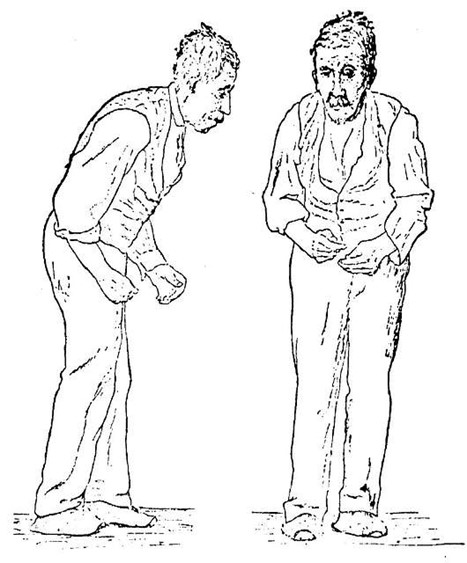Unraveling the Mystery of Muscle Injuries: Pulls vs. Strains
As we go about our daily lives, our muscles play an essential role in helping us move, lift, and engage in various activities. However, sometimes these crucial components of our body can suffer injuries, leaving us with discomfort and limited mobility. Muscle injuries are common, but understanding the difference between a pulled muscle and a muscle strain is vital for effective treatment and recovery.
In this blog, we’ll delve into the world of muscle injuries, exploring the unique characteristics of pulls and strains. By the end, you’ll have a clearer understanding of how to identify, treat, and prevent these injuries to keep your muscles in top shape.
Muscle Pulls: A Brief Overview
A muscle pull, also known as a muscle tear or muscle strain, occurs when muscle fibers stretch beyond their limits, causing small tears in the tissue. Pulls are typically acute injuries that happen suddenly during physical activities that require forceful and rapid movements. Some common causes of muscle pulls include:
- improper lifting
- sudden twists or turns
- overexertion during sports or workouts
Understanding Muscle Strains
On the other hand, muscle strains are different from pulls in their severity and location. A muscle strain refers to the overstretching or tearing of a tendon, which is the tissue that connects muscles to bones. While muscle pulls are confined to the muscle tissue itself, strains involve the interconnected structures that facilitate muscle movement.
Strains are often categorized into three grades based on their severity:
- Grade 1 Strain: Mild damage with minimal tearing of the tendon fibers. It may result in minor discomfort and limited functionality.
- Grade 2 Strain: Moderate damage with partial tearing of the tendon. This can lead to significant pain, swelling, and difficulty using the affected muscle.
- Grade 3 Strain: Severe damage or complete rupture of the tendon. This is a serious injury that requires immediate medical attention and can lead to long-term complications if not treated promptly.
Distinguishing Between the Two
It’s not always easy to determine whether you’re dealing with a muscle pull or a strain, as both injuries can share similar symptoms, such as:
- pain
- swelling
- reduced range of motion
However, there are some key differences that can help you identify which type of injury you might have:
- Location of Pain: Muscle pulls usually cause pain directly in the muscle belly, whereas strains often produce pain near the joint where the muscle connects to the bone.
- Intensity of Pain: Strains tend to be more painful, especially in Grade 2 and Grade 3 cases, due to the involvement of the tendon.
- Visible Signs: Muscle strains might lead to visible bruising or discoloration around the injured area, while muscle pulls may not show such signs.
Treating Muscle Injuries
If you suspect you’ve sustained a muscle injury, it’s crucial to seek proper medical advice for an accurate diagnosis. In most cases, initial treatment for both muscle pulls and strains involves the R.I.C.E method:
- Rest: Give your injured muscle time to heal by avoiding activities that aggravate the pain.
- Ice: Applying ice to the affected area can help reduce swelling and alleviate discomfort.
- Compression: Using compression bandages can provide support and minimize swelling.
- Elevation: Elevating the injured limb helps reduce swelling and promotes blood circulation.
For severe or persistent injuries, a healthcare professional may recommend physical therapy, anti-inflammatory medications, or in extreme cases, surgery.
Prevention is Better Than Cure
While some muscle injuries may be unavoidable, there are steps you can take to minimize the risk of experiencing a muscle pull or strain:
- Warm-up: Always warm up before engaging in any physical activity to prepare your muscles for the upcoming exertion.
- Proper Technique: Whether you’re lifting weights or playing sports, using proper form and technique can significantly reduce the risk of injury.
- Gradual Progression: When starting a new exercise program or increasing intensity, do it gradually to allow your muscles to adapt.
- Stretching: Regular stretching can improve muscle flexibility and reduce the chance of injury.
To learn more, click here and check out this summary from MedicineNet.
By taking preventive measures and listening to your body’s signals, you can keep your muscles healthy, strong, and ready for any challenges life throws your way. Stay active, stay safe!
Integrating supplements from the Asher Longevity Institute into our daily routine is a crucial step towards enhancing our overall well-being. Experience the benefits firsthand by conveniently placing your order here!




